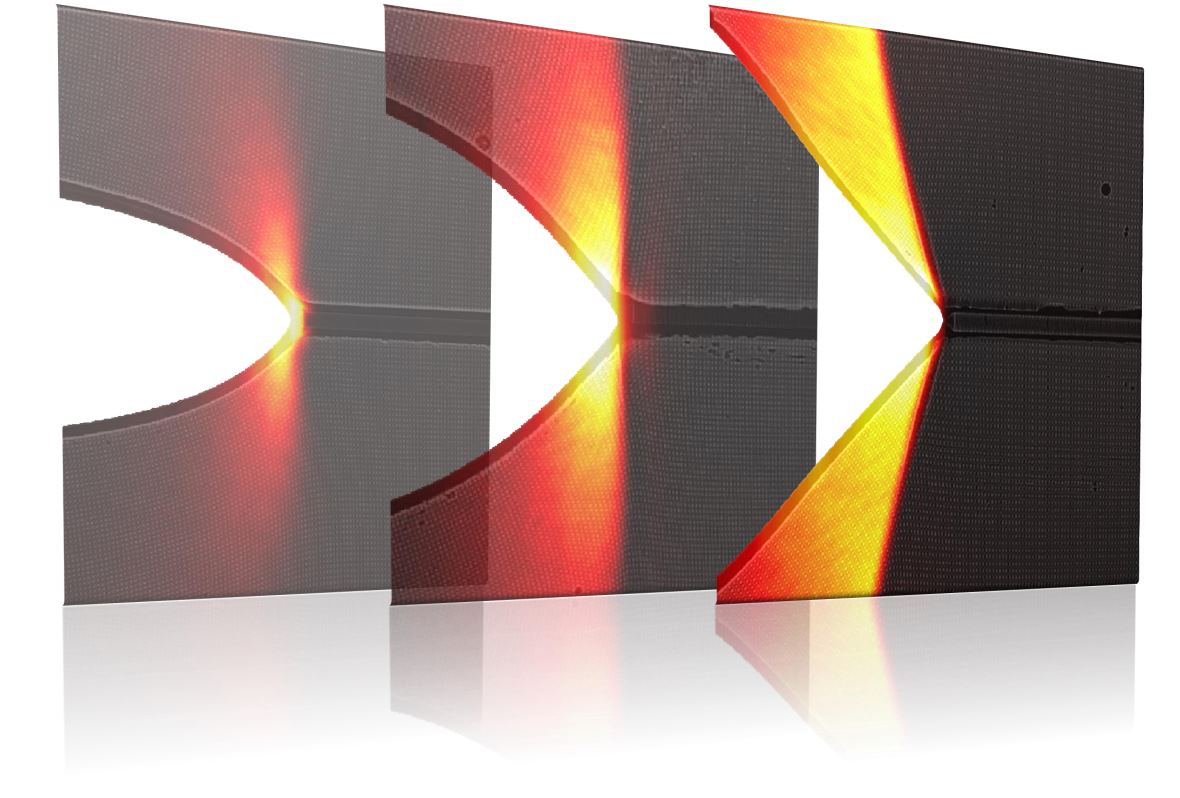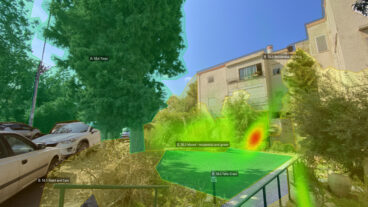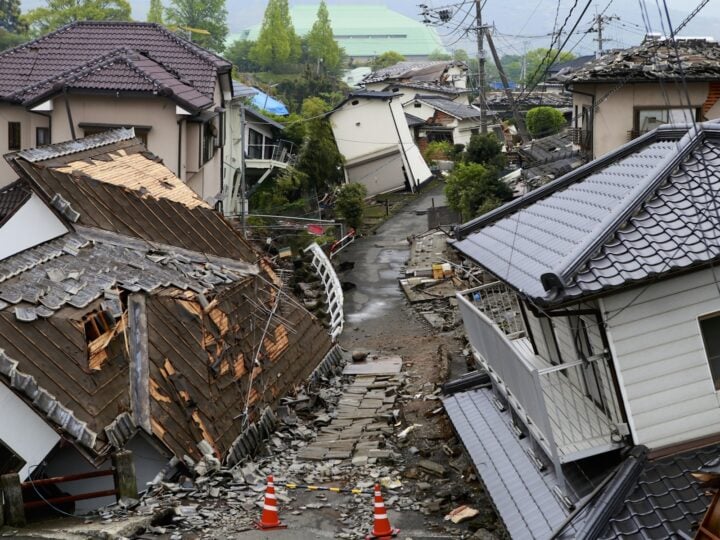Like in all the best scientific discoveries, Prof. Jay Fineberg from the Hebrew University of Jerusalem and his team were looking for something else when they found out that, contrary to existing scientific knowledge, cracks can travel through materials at supersonic speed.
The revelation was published in the summer in Science, and was recently lauded by Physics World as one of the top 10 breakthroughs of 2023.
“Cracks have speed limits. These standard cracks, they can move up until the sound speeds of materials because the speed of information in a given material is its sound speed,” Fineberg tells ISRAEL21c.
But when he and his team were pulling apart materials in their lab to check something unrelated to cracks, they noticed that the measurements for the crack formations were off.

“It seemed to contradict physics,” he admits. “We started to do more and more experiments, first verifying again that we weren’t making mistakes. Then we found the conditions under which these supersonic cracks propagate.”
This serendipitous discovery, he says, “is a fundamentally new way of understanding how things can break.”
One area of science that could be better understood with supersonic cracks is earthquakes, Fineberg says.
“If you have a quake that moves faster than the sound speed, the damage of the earthquake becomes huge, because instead of the earthquake just shaking relatively gradually, the buildings will get hit by a hammer, so the hazards are much greater for a supersonic quake than a regular one,” he notes.
“The most destructive quakes in recent history have been supersonic quakes. This has been known for the past decade in the field of quakes. The quake in Turkey, it’s surmised, might have been supersonic.” He’s referring to the deadly tremblor that hit turkey in February 2023.
“We don’t really observe earthquakes, we listen to them,” Fineberg explains.
“Here in the laboratory, you see it taking place and you see the physics guiding them. If we put our minds to it, we can measure many things that there’s no way we can do 10-15 kilometers beneath the surface. Certain types of earthquakes, very destructive ones, can now be more clearly understood.”
The jury is still out on possible applications for this new understanding of the fracture of materials, he adds.
“We’re just uncovering the rules of the road. Where the road will take us – we don’t know. It will take years to understand the applications and ramifications. What’s sure it that it’s shaken up the way things are understood, and that’s why it’s important.”
















